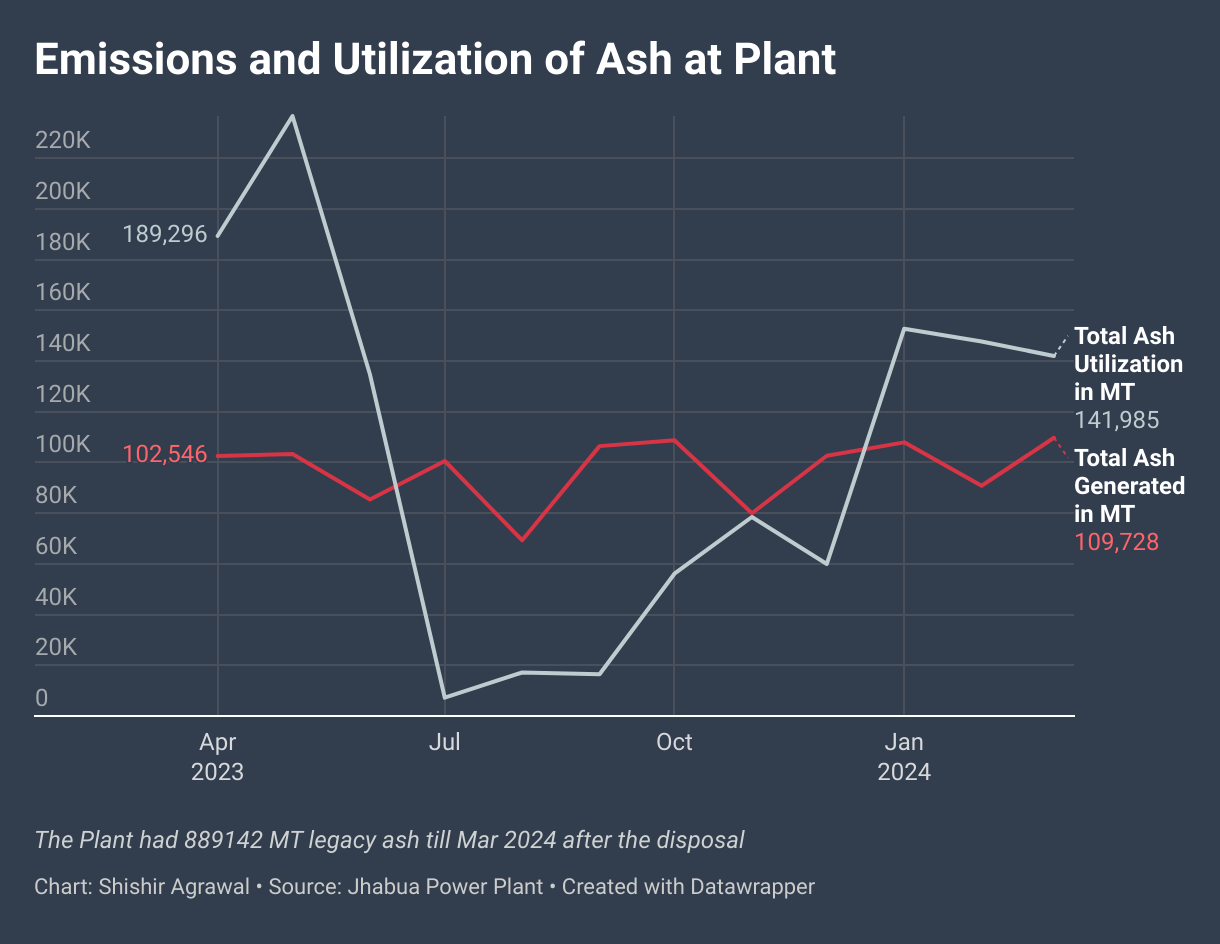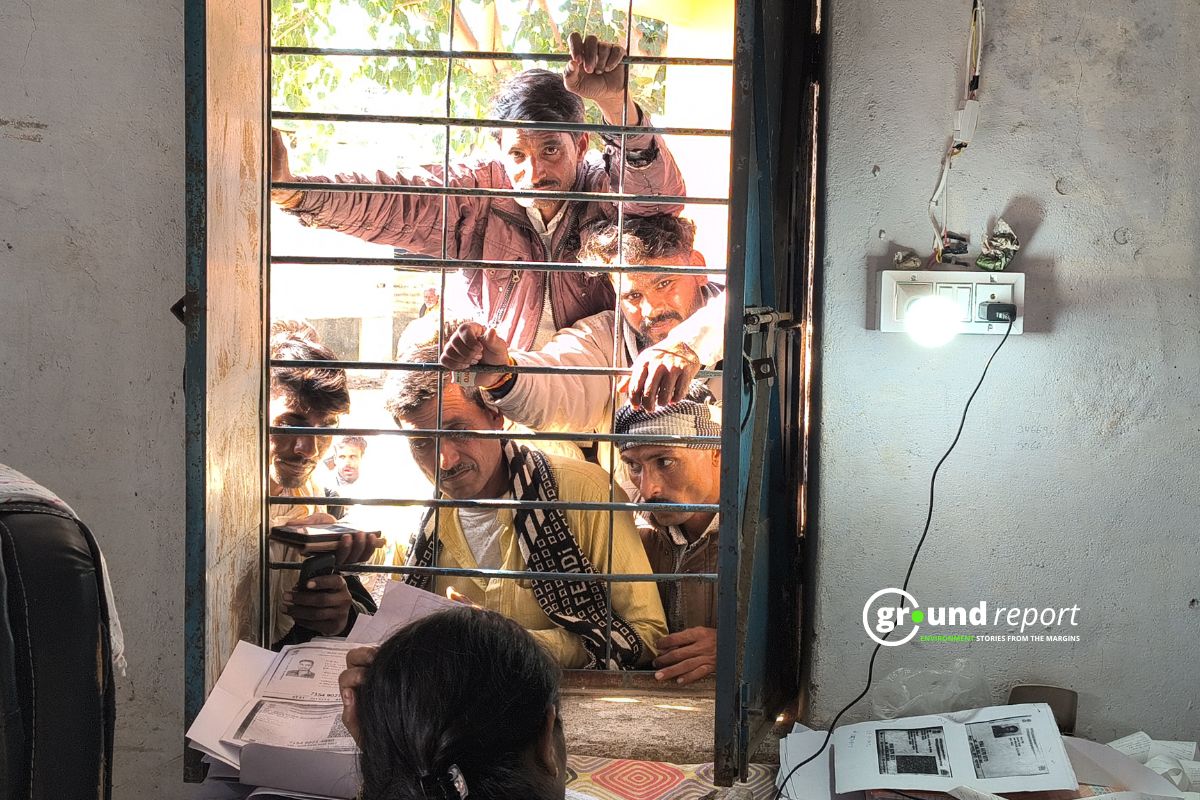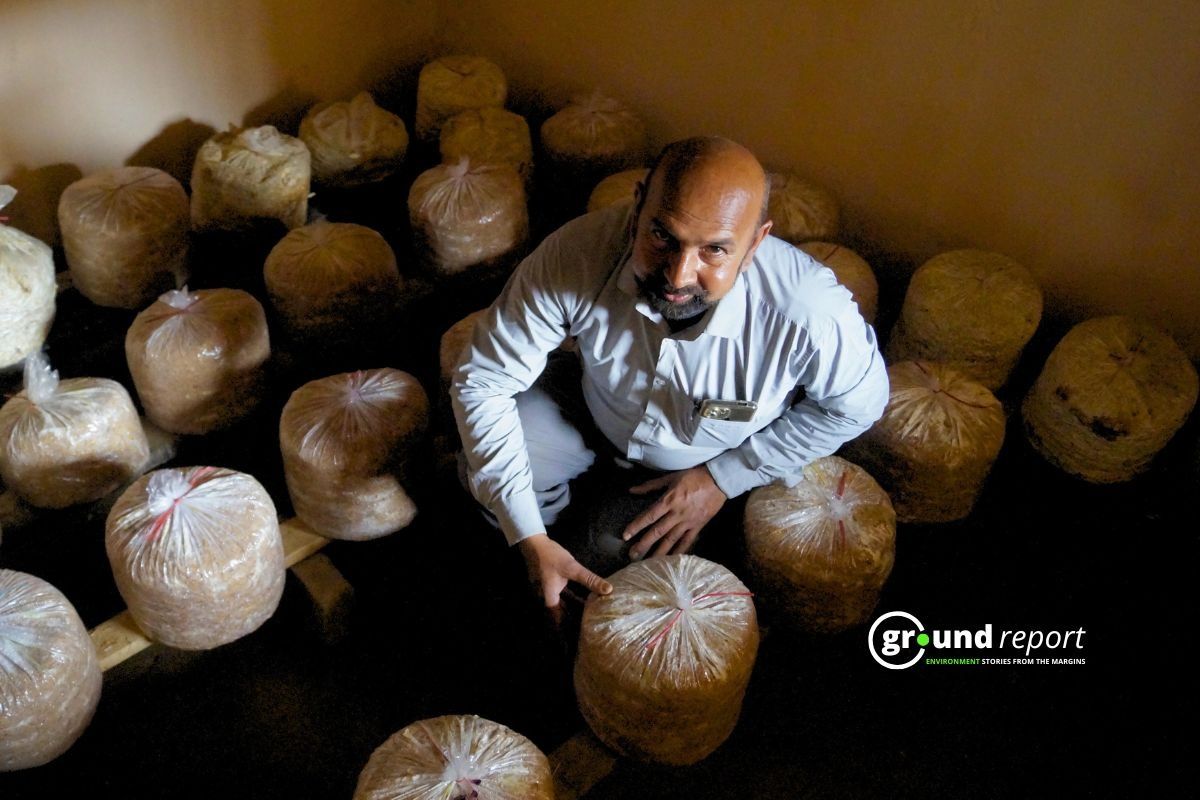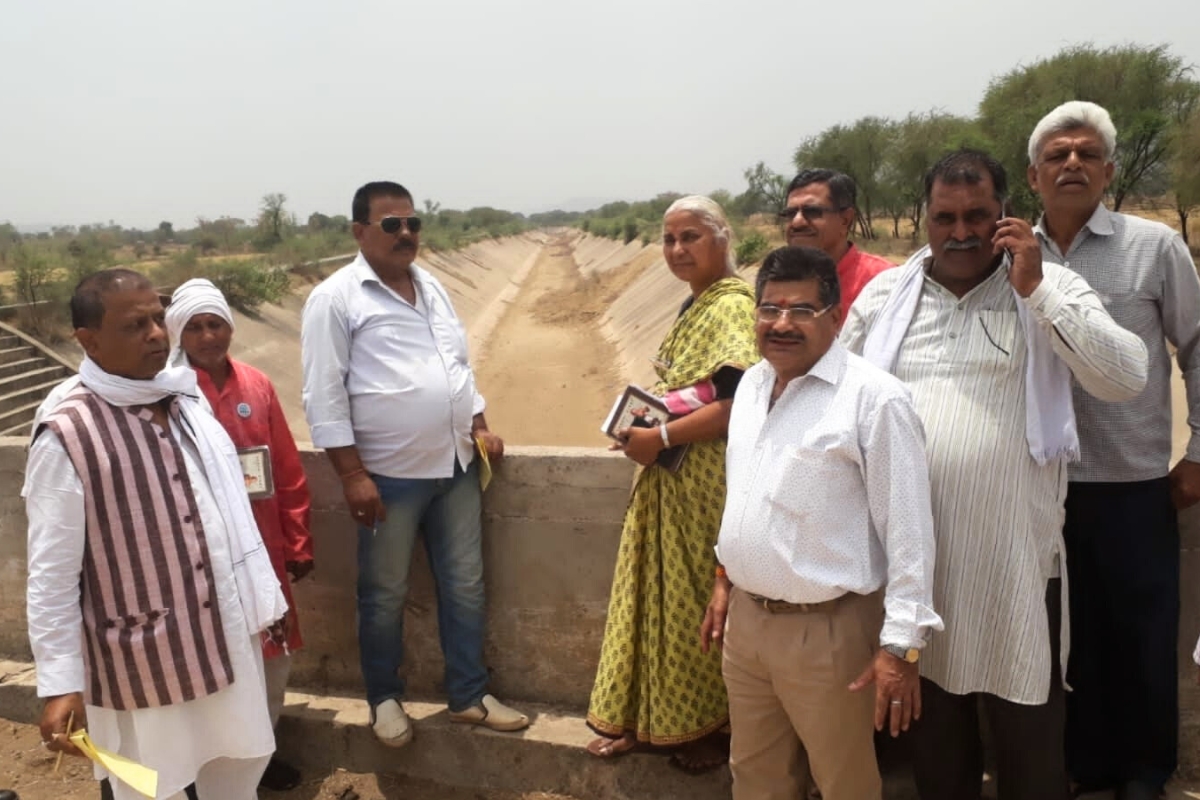Jhabua Power Plant, located near Bineki village in the Seoni district, has received a notice of restrictive action from the local administration. Acting suo motu following news reports on the mishandling of fly ash by the plant, District Collector Sanskriti Jain has issued an order banning illegal transportation and overloading of unsafe fly ash within the revenue limits of Ghansor. The order has been issued under Section 163 of the Indian Civil Defense Code, 2023.
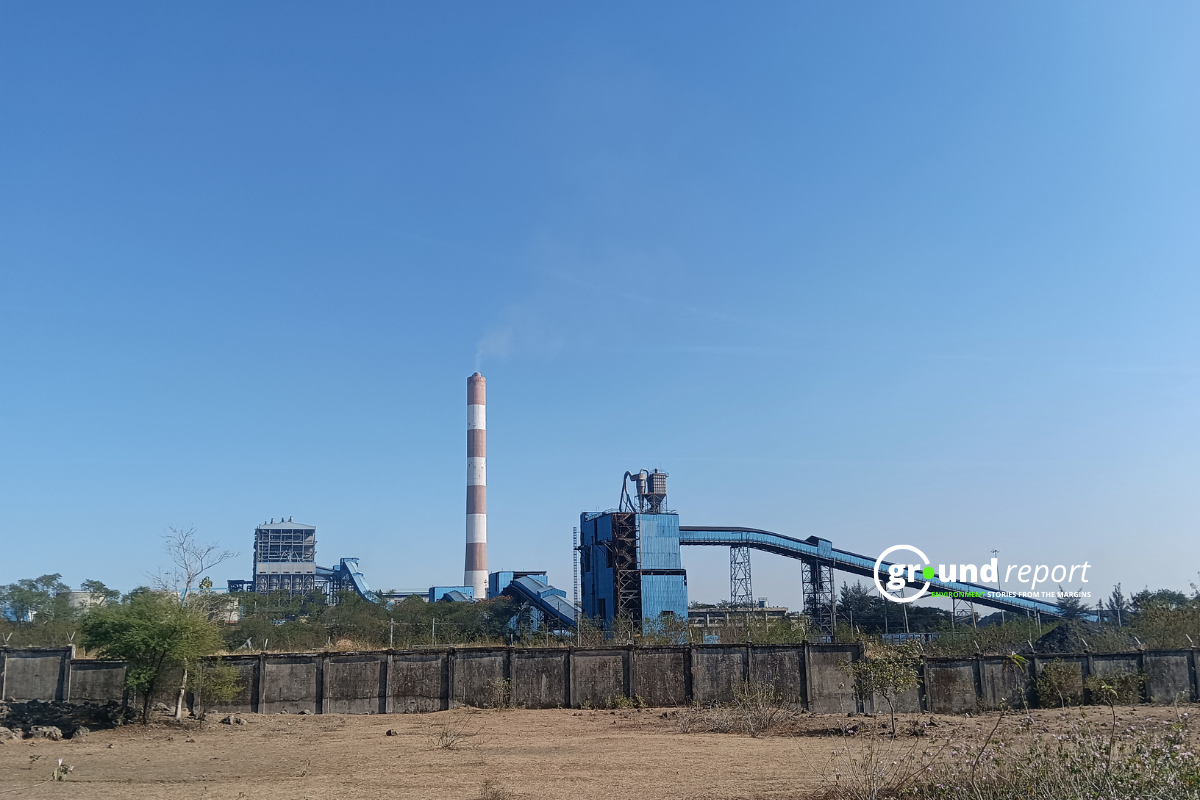
Strict measures to curb fly ash pollution
The order mandates that fly ash must be transported only in fully covered and properly fitted vehicles. Additionally, once these vehicles reach their destination, they must be cleaned to prevent the spread of pollution. To ensure road safety and cleanliness, the plant has been directed to wash the roads with water after transportation.
To curb the overloading of fly ash vehicles, the administration has made it mandatory to install weighbridges. Furthermore, to mitigate air pollution from the fly ash pond at the Jhabua Power Plant, the collector has ordered an increase in the height of the boundary wall and regular water sprinkling within the plant premises.
The Jhabua Power Plant is a 600 MW coal-based thermal power station. However, for the local population, it has reportedly been more of a bane than a boon. Farmers allege that fly ash from the plant has damaged their fields and polluted Gode Nala, a crucial natural drainage canal. This water body is essential for irrigation and serves as a lifeline for local farmers, birds, and animals.
Despite these concerns, plant authorities maintain that they are handling fly ash in compliance with regulations. One employee even claimed that the plant has helped local farmers reclaim barren land.
However, a Ground Report investigation conducted in January 2025 found that fly ash pollution has severely impacted local water bodies and farmlands. Several farmers have been forced to abandon agriculture due to the contamination.

Farmers turning into labourers
Sixty-five-year-old Maniram, a farmer from Bineki village, once cultivated paddy in the Kharif season and wheat in the Rabi season. But for the past three years, his 2.5-acre farm has remained barren due to fly ash pollution.
His land, situated on the banks of Gode Nala, has become unfit for cultivation. Repeated crop failures have forced him to abandon farming.
“When the ash started falling, the grains stopped growing. Now the field is just lying there,”
To sustain his family, Maniram now works as a laborer, earning between ₹200 and ₹300 per day. His two grandsons have also migrated to Jabalpur, 126 km away, to work as laborers. His daughter-in-law faces a similar fate. Many other farmers in the village share the same struggle.
According to the plant’s website, between April 2023 and March 2024, the plant consumed 29,18,265 million tonnes of coal for power generation. This resulted in the production of 11,67,308 tonnes of fly ash and bottom ash, out of which 5,78,388 million tonnes were utilized. Meanwhile, 8,35,086 million metric tonnes were dumped in low-lying areas.
As per the plant’s data, it claims to have utilized 106.10% of the total ash produced, including legacy ash (accumulated ash from previous years). However, these figures do not present a clear picture.
By March 2024, the plant had 17,24,228 million tonnes of legacy ash. Of this, only 8,35,086 million metric tonnes (48.43%) have been utilized so far. This falls short of the 100% ash utilization mandate set by the Ministry of Environment, Forest, and Climate Change in its notification dated December 31, 2021.

Impacts of the irregularities
Shripad Dharmadhikari, founder-coordinator of the Manthan Adhyayan Kendra, which analyses environmental policies, and author of several studies, including Coal Ash in India, explains that while adding ash to fields may seem beneficial in the short term, it introduces heavy metals into the soil.
“When ash mixes with water and enters the fields, it leaches more quickly, which reduces the fertility of the soil. Additionally, dry ash particles block the stomata of plants, causing them to dry out,”
Dharmadhikari’s words are a stark reminder of Maniram, who had to abandon farming when his fields stopped producing grain and now survives as a labourer.
Despite claims of compliance, the ground reality reveals a different story. Farmers continue to suffer from land degradation and water pollution, while the administration is now stepping in to enforce regulations. The recent restrictive order by the Seoni Collector marks a critical step toward ensuring environmental accountability for the Jhabua Power Plant. However, the effectiveness of these measures remains to be seen.
Support us to keep independent environmental journalism alive in India.
Keep Reading
Chutka: displacement fears escalate with new nuclear power plant plans
Blanket of toxic fly ash: what Jhabua power plant gave its locals
Wadda Mal’s water woes: Families fight for survival amid crisis
Soil Health Card: Ambitious scheme faces ground-level challenges
Follow Ground Report on X, Instagram and Facebook for environmental and underreported stories from the margins. Give us feedback on our email id greport2018@gmail.com.
Don’t forget to Subscribe to our weekly newsletter, Join our community on WhatsApp, and Follow our YouTube Channel for video stories.

